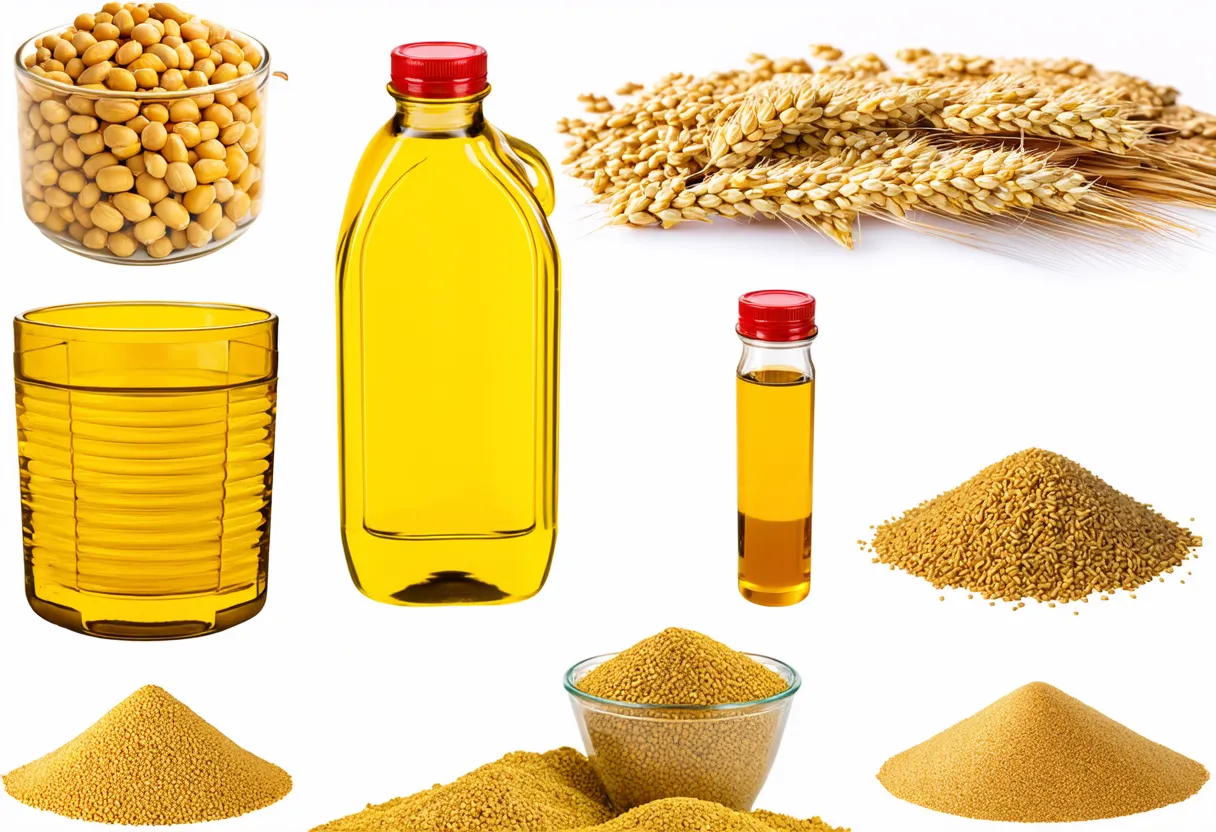Venezuela, officially known as the Bolivarian Republic of Venezuela, has a population of 28,301,696, ranking 50th globally, just behind Madagascar. Located in South America, it covers a total area of 912,050 square kilometers, ranking 31st worldwide, slightly smaller than Nigeria.
Venezuela’s economic position in 2022 reflects a challenging landscape, with a GDP of $92.21 billion, ranking it 68th globally. It lags behind Guatemala, which has a GDP of $95.00 billion. The GDP per capita in Venezuela is $3,474, placing it at 128th position. It falls short of the Philippines, with a GDP per capita of $3,498.51.
Despite its vast natural resources, Venezuela faces economic instability due to political turmoil and declining oil production, impacting its overall economic performance. Efforts to diversify the economy and address structural issues are crucial for Venezuela to improve its economic standing and foster sustainable growth.
What are the economic activities of Venezuela?
- Primary activities: 4.7% of GDP.
- Secondary activities: 40.4% of GDP.
- Tertiary activities: 54.9% of GDP.

Primary Sector of Venezuela
Venezuela’s primary sector, particularly its agricultural activities, thrives due to its diverse climate and abundant natural resources. With 24.37503543% of its land dedicated to agriculture, the country produces a variety of crops and animal products. Some of its main agricultural products include milk, sugarcane, maize, plantains, oil palm fruit, bananas, rice, potatoes, and pineapples.
Despite agriculture contributing 4.7% to the GDP, the sector plays a crucial role in providing food security and employment. The wide range of products showcases the sector’s significance in sustaining the country’s agricultural economy.
With its diverse geology, the primary sector thrives on abundant natural resources like petroleum, natural gas, iron ore, gold, bauxite, and other minerals. Hydropower and diamonds further bolster the economy.
Venezuela’s gas production of 26,000 million m³ in 2020 secures its position as the 29th largest natural gas producer globally.
Secondary Sector of Venezuela
What is the secondary sector or what are secondary activities?
The secondary sector involves industries that transform raw materials from primary activities into finished products for consumption. In Venezuela, the main industrial products include machinery, transport equipment, construction materials, medical equipment, pharmaceuticals, chemicals, iron and steel products, crude oil, and petroleum products.
Manufactures play a crucial role in Venezuela’s total exports, accounting for a significant 85.83% in 2023. This highlights the importance of the manufacturing sector in driving the country’s economy and international trade.
Tertiary sector of Venezuela
What is the tertiary sector or what are tertiary activities?
The tertiary sector in Venezuela encompasses various services where individuals provide knowledge and time to enhance productivity and fulfill needs. This sector deals with intangible goods like advice, attention, and expertise, catering to both consumer and business requirements. Key tertiary activities in Venezuela include healthcare and medical care, education and training, banking and finance, communication and information exchange, tourism and hospitality, and transportation and logistics. These services play a crucial role in supporting Venezuela’s economy and societal well-being.
In particular, Venezuela’s economy heavily relies on tourism, contributing significantly to its GDP. With annual tourist arrivals of over 1.2 million, popular destinations like the Caribbean beaches of Margarita Island and the breathtaking Angel Falls attract visitors worldwide, boosting the country’s economic growth. However, the influx of tourists is relatively low compared to Venezuela’s population of around 28 million.
Another example of tertiary economic activity is the mobile cellular sector, with nearly 18 million subscriptions, fostering technological growth. This connectivity enhances communication, supports businesses, and drives innovation.
Military Activities and Economic Sectors of Venezuela
The military is a good example of many economic activities working together. In the primary sector, resources are extracted for military use, like oil and minerals. The secondary sector includes the manufacturing of military equipment, such as weapons and vehicles. The tertiary sector involves services provided by the military, while the quaternary sector focuses on military research and development. The quinary sector deals with high-level decision-making and strategy within the military.
In Venezuela, the military expenditure for 2023 is $3.9 million. This spending is about 0.65% of the country’s GDP. The active military force consists of 123,000 personnel, which means there are about 11.1 active military members for every 1,000 people in the country.
International Trade of Venezuela
Import Activities of Venezuela

Venezuela’s import activities are of high importance, accounting for 10.40% of its GDP in 2023, totaling $9.59 billion.
Venezuela’s key import activities include sourcing soybean oil, wheat, soybean meal, corn, and plastic products. Its major import partners are China (31%), US (23%), Brazil (14%), Colombia (7%), and Turkey (4%).
Exports Activities of Venezuela

Venezuela’s total exports in 2023 were $4.3 billion, accounting for 4.66% of its GDP. With a low importance level, export activities play a minor role in the country’s economy.
Venezuela’s export activities are diverse, with top partners being China, Turkey, Spain, US, and Brazil. Key exports include scrap iron, petroleum coke, crude petroleum, acyclic alcohols, and aluminum.
Venezuela economy challenges in 2024
In 2024, Venezuela continues to struggle with a chaotic economy plagued by hyperinflation and political corruption. Infrastructure cuts and human rights abuses add to the challenges. The country is in debt default despite being an oil exporter and hydropower consumer. Relations with China are on the rise, but internal issues remain a significant hurdle.




Leave a Reply